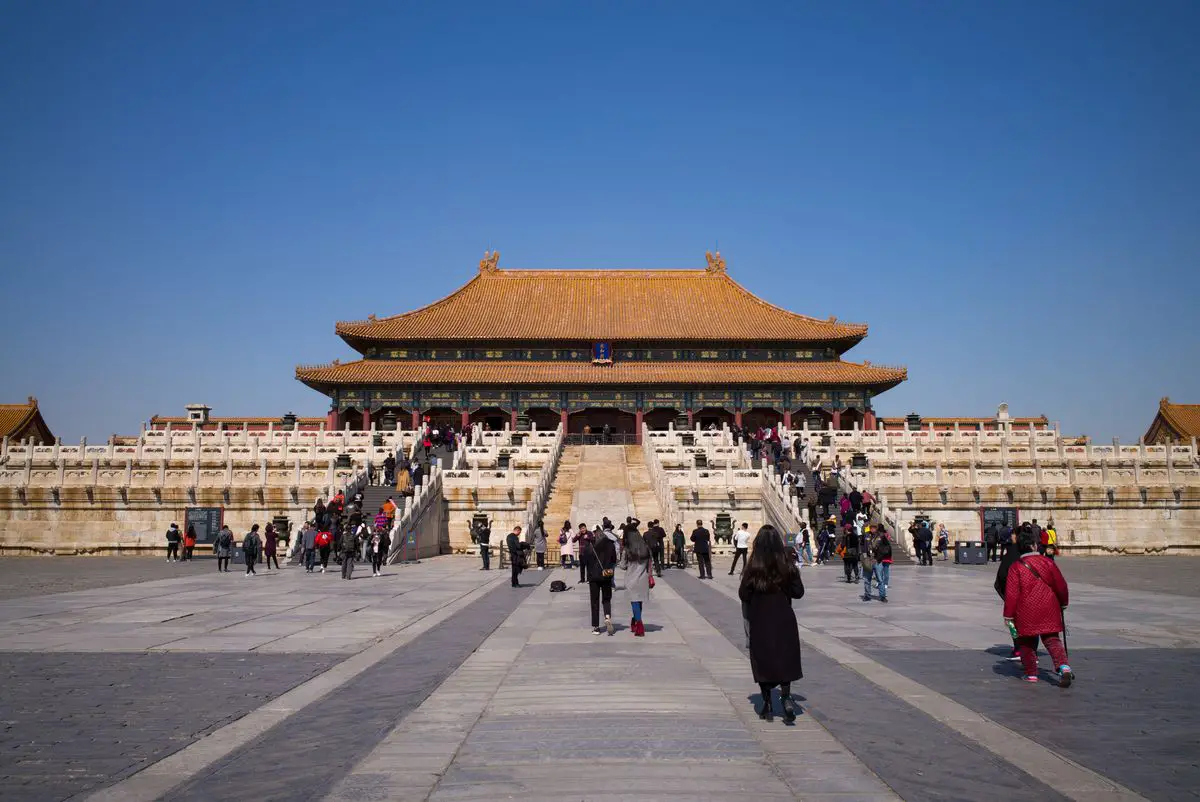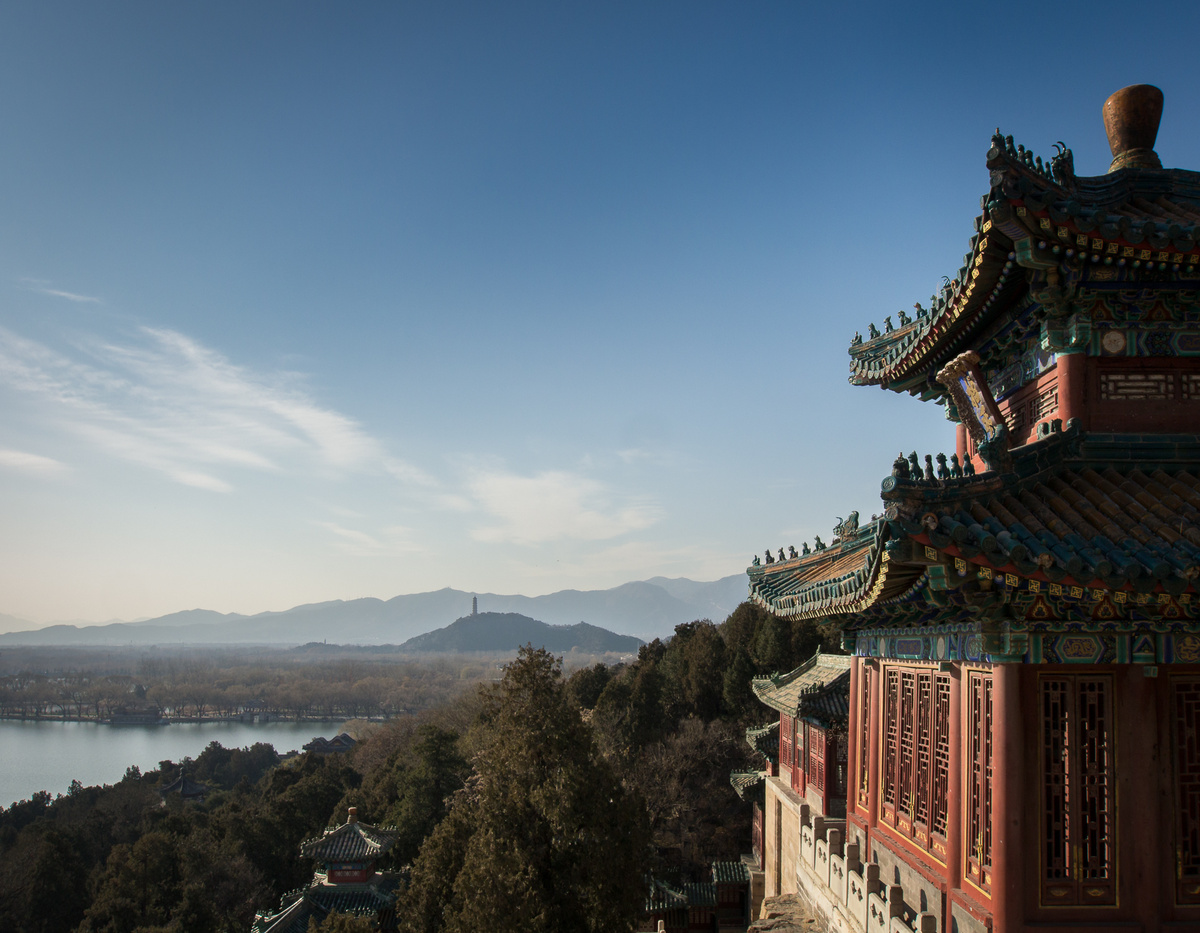Wondermondo 🢖 World 🢖 Wonders of Asia 🢖 Wonders of China
Territory
Wonders of China
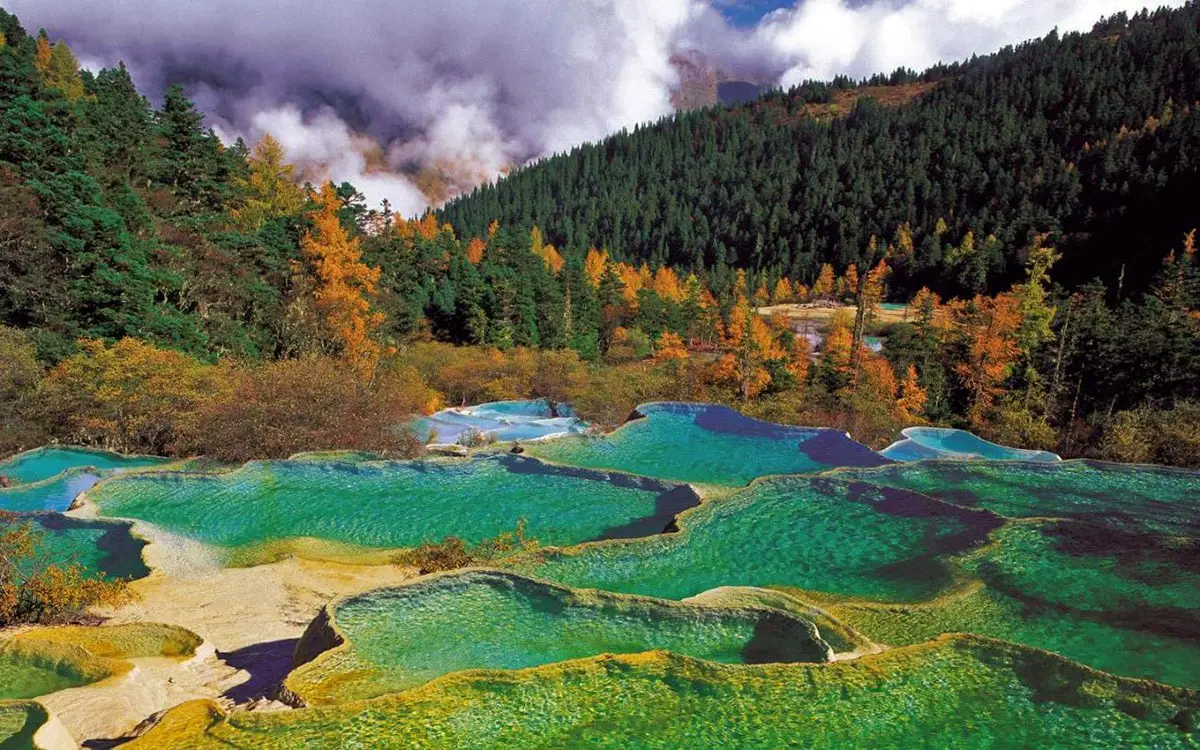
 Highlights
Highlights
China has got it all – more than one billion people, large area, great and very long history, very distinct and at the same time – very diverse cultures, great and varied nature.
Thus Wondermondo even has a problem – to limit the list of the most outstanding landmarks and wonders of China to a sensible amount: see the result in this page.
By the way: Republic of China (Taiwan) and Tibet (in the borders of Tibet Autonomous Region) are reviewed as separate countries by Wondermondo. Just because Wondermondo considers this to be right.
Provinces of China
China is divided into 22 provinces, 5 autonomous regions, 4 municipalities and 2 special administrative regions. Here below they are listed in alphabetical order:
- Anhui
- Beijing Municipality
- Chongqing Municipality
- Fujian
- Gansu
- Guangdong
- Guangxi Zhuang Autonomous Region
- Guizhou
- Hainan
- Hebei
- Heilongjiang
- Henan
- Hong Kong (Special administrative region)
- Hubei
- Hunan
- Inner Mongolia Autonomous Region
- Jiangsu
- Jiangxi
- Jilin
- Liaoning
- Macau (Special administrative region)
- Ningxia Hui Autonomous Region
- Qinghai
- Shaanxi
- Shandong
- Shanghai Municipality
- Shanxi
- Sichuan
- Tianjin Municipality
- Xinjiang Uyghur Autonomous Region
- Yunnan
- Zhejiang
Map with the described wonders
If you see this after your page is loaded completely, leafletJS files are missing.
 Top 25 wonders of China
Top 25 wonders of China
Geological wonders
Qinlong tiankeng
Chongqing Municipality
One of the most impressive complexes of natural attractions in the world. Very impressive, enormous sinkhole, up to 276 m deep, up to 520 m wide, volume 31.7 million m³. With the giant Qinlong natural arch connected to nearby Shenying tiankeng – up to 285 m deep, 300 m wide. Both tiankengs have two more exits through natural arches – Qinlong tiankeng can be exited through two Tianlong Natural bridges, Shenying tiankeng – through Hailong natural bridge.
Three Natural Bridges of Wulong
Chongqing Municipality
Giant, very impressive natural bridges – Tianlong Bridge, Qinglong Bridge (with waterfall over it), and Heilong Bridge. Their average height is 200 meters. Part of larger, Wulong karst area. One of the most dramatic landscapes worldwide with deep canyons and gorges natural bridges, giant sinkholes, and extensive cave systems.
Huanglong Valley
Sichuan
Possibly the largest travertine terraces in the world, they extend for 3.6 kilometers and are deposited by mildly thermal springs.
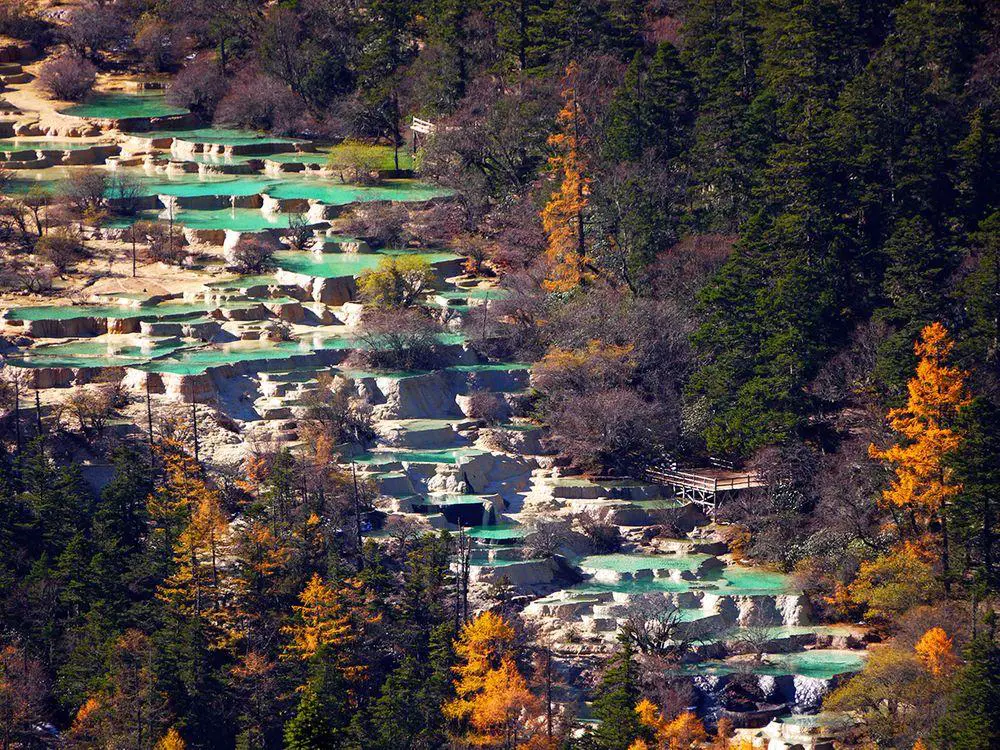
Guilin – Lijiang Karst
Guangxi Zhuang Autonomous Region
This beautiful karst landscape along the Li River consists of numerous steep, conical limestone pinnacles. The sights of this landscape represent one of the most famous sights of China.
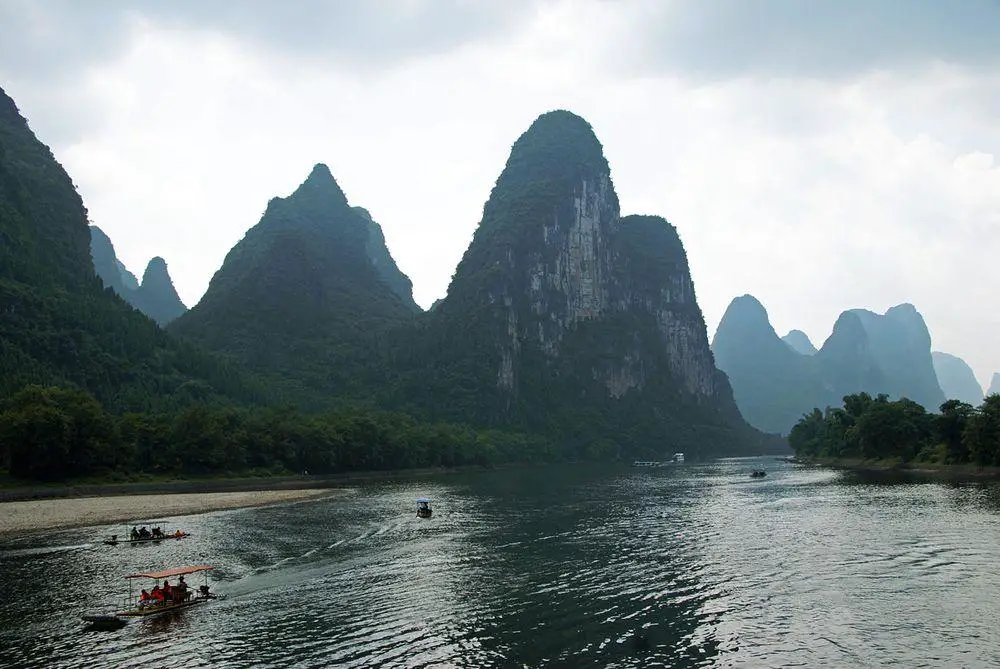
Xiaozhai tiankeng
Chongqing Municipality
Largest sinkhole (tiankeng) in the world, up to 662 meters deep, 625×535 meters across.
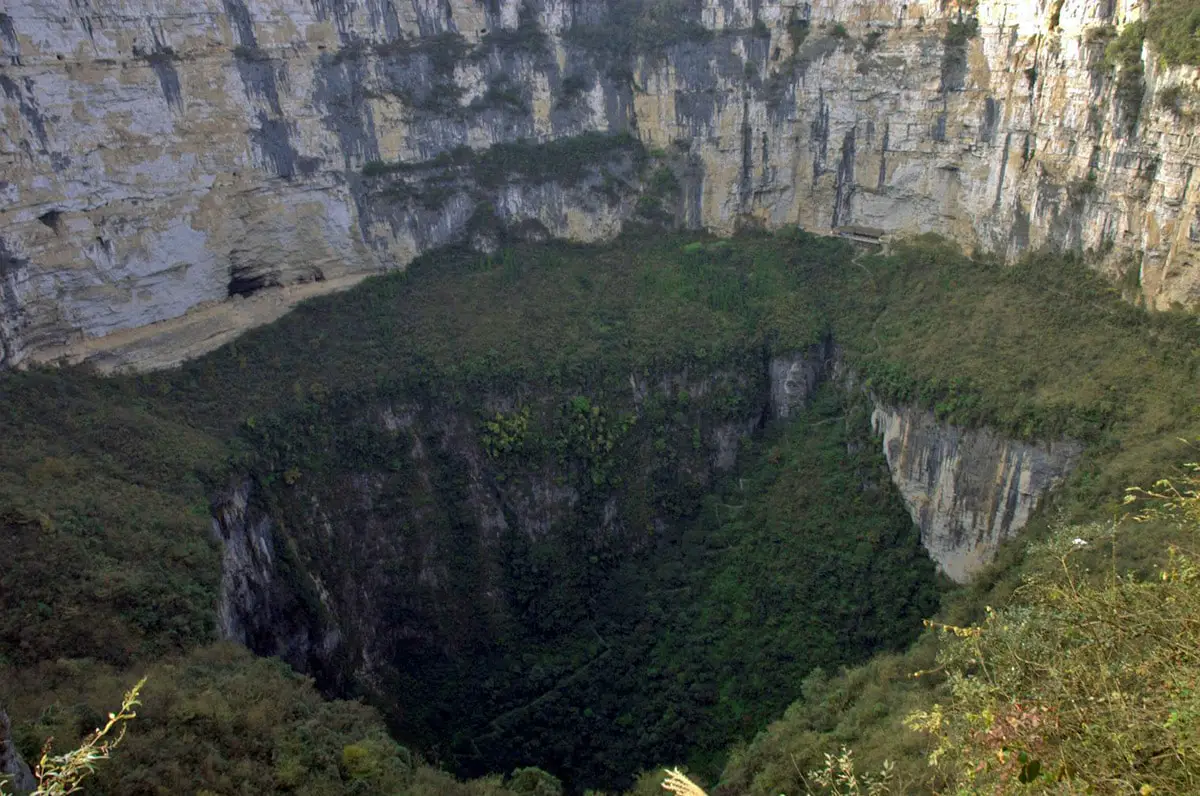
Tushuk Tash (Shipton’s Arch)
Xinjiang Uyghur Autonomous Region
Possibly the highest natural arch in the world and one of the most impressive ones. Height – some 360 – 370 m, width – some 65 meters.
Zhijin Cave
Guizhou
Colossal cave, length of explored passages – 12.1 km, ceiling up to 150 m high. Here is located an approximately 70 m tall stalagmite that could be the tallest in the world.
Jiuzhai Valley (Jiuzhaigou)
Sichuan
Valley with impressive tufa formations – terraces, waterfalls, and deep blue-green lakes. Includes the impressive, 40 m tall, and 162.5 m wide Pearl Shoal Waterfall and beautiful, 20 m tall and 320 m wide Nuorilang Falls that are also falling over tufa formations. Here are also Shu Zheng Lakes – 19 lakes divided by tufa walls and Nuorilang Lakes – a group of 18 such dammed lakes. Especially beautiful is Fairy Pool – a group of impressive tufa terraces.
Er Wang Dong Cave (Erwan Dong)
Chongqing Municipality
This 42 139 m long cave is one of the most impressive caves in the world, with its own climate and clouds inside.
San Wang Dong Cave
Chongqing Municipality
67 825 m long cave with some of the most impressive cave passages and rooms in the world. Cloud Ladder House is the seventh largest cave room in the world, it has its own clouds.
Archaeological wonders
Great Wall of China
Gansu, Hebei, Inner Mongolia Autonomous Region, Liaoning, Shandong, Beijing Municipality
The largest series of fortifications in the world with a total length of 8,852 km, including 6,259.6 km of the actual wall. Constructed in the 5th century BC – 16th century AD by the Chinese to protect the northern borders of the Chinese Empire against intrusions by northern nomads.
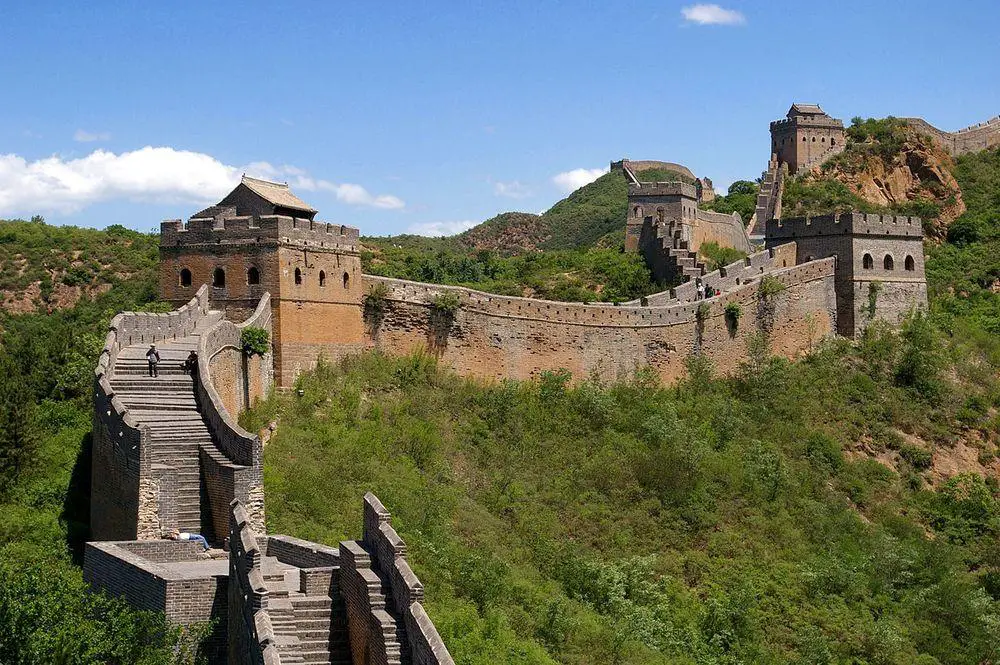
Terracotta Army
Shaanxi
Unique monument of culture: buried terracotta sculptures – army soldiers near the mausoleum of the First Qin Emperor, made roughly in 210 BC. In total there have been buried more than 8,000 sculptures of soldiers, 130 chariots with 520 horses, and 150 cavalry horses, all made in live size and bigger, all depicting individual people.
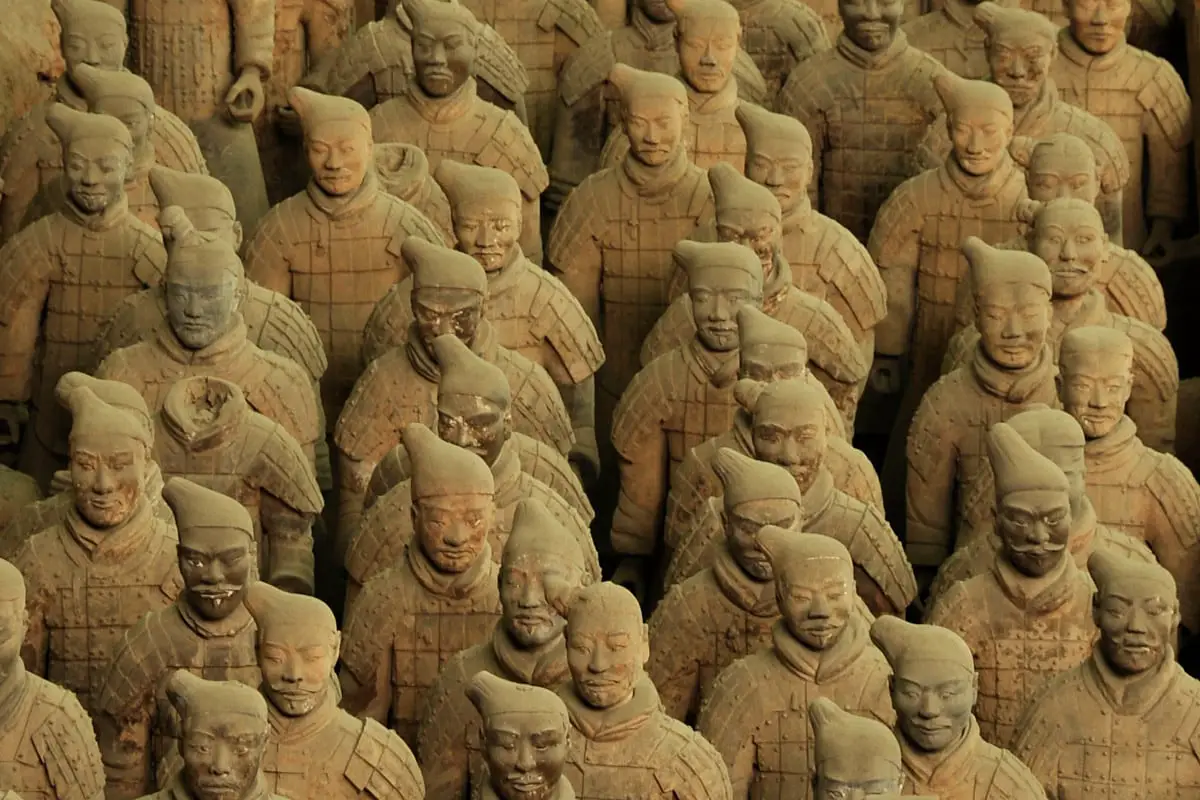
Mogao Caves
Gansu
This group of rock-cut chambers consists of 492 Buddhist cells and temples. Built for approximately 1000 years since 366 AD. Contain many art values but is especially valued due to the enormous amount of murals, covering 42 thousand m².
Longmen Grottoes
Henan
One of the most impressive monuments of rock-cut architecture in the world – two cliffs with a rock-cut complex of Buddhist cells and shrines. 2,345 rock cut chambers, more than 100,000 statues made in 316 – 907 AD.
Architecture and legendary wonders
Forbidden City
Beijing Municipality
World’s largest palace complex – Chinese imperial palace that takes a sizeable part of the city. This complex of buildings for some 500 years was the center of the Empire of China. Constructed in 1406 – 1420, includes 980 buildings. Contains art collections of very high importance.
Shaolin Monastery
Henan
Located on sacred Mount Song and founded in 477, this monastery was destroyed and rebuilt many times. It is renowned in the Western world for its association with Chinese martial arts, but the temple is also the birthplace of Zen Buddhism, it has the largest collection of stupas in China.
Hanging Monastery
Shanxi
Wooden monastery buildings, first built in 491, are situated in a unique place – on the cliffside of sacred Mount Heng. The 40 buildings are supported by wooden poles. Latest rebuildings in 1900.
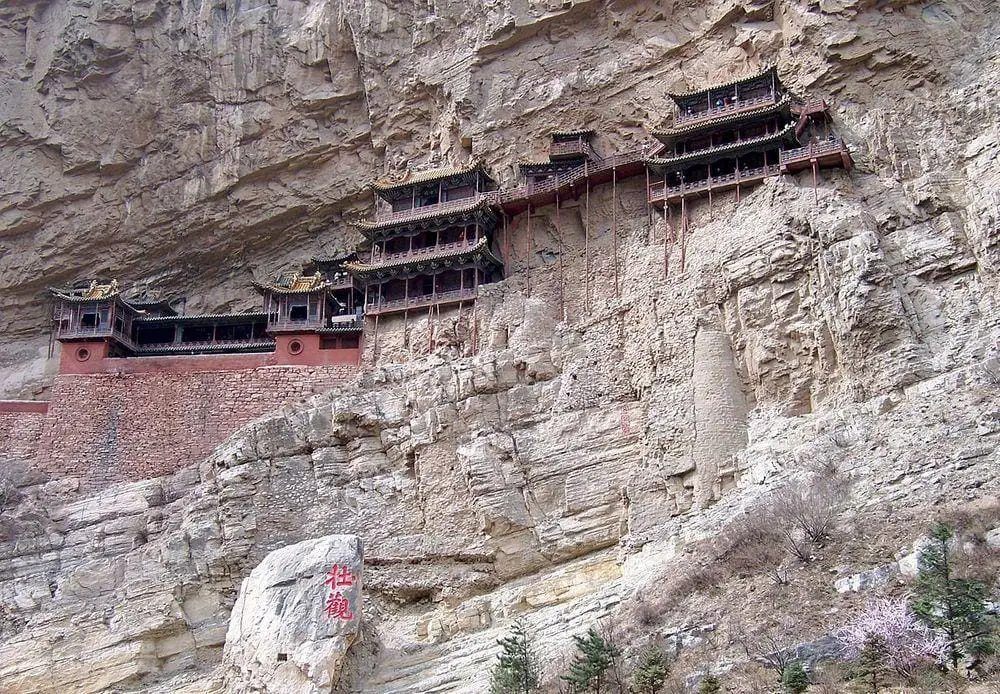
Tài Shān (Mount Tai)
Shandong
This 1545 m high mountain is one of the five sacred mountains in the Tao religion, often regarded as the most important of them. A pilgrimage site for 3000 years, it is covered with numerous temples and other monuments. The largest temple, Dai Miao, dates from the 3rd century BC.
Summer Palace (Beijing)
Beijing Municipality
A masterpiece of the Chinese landscape garden design – a hilly forest park at the lake. It was developed since 1750 AD and includes numerous buildings – temples, palaces and garden architecture.
Nanchan Temple
Shanxi
An ancient temple, rebuilt in 782 AD, the wooden structures from this rebuilding are among the oldest wooden structures in China. It is one of numerous monasteries of sacred Mount Wutai.
Kanas Lake Monsters
Xinjiang Uyghur Autonomous Region
According to legends in this lake live giant fish or similar creatures that are some 10 – 15 m long. These animals have been caught on video, including an aerial that shows a group of some 15 creatures crossing the lake (2012).

Temple of Confucius
Shandong
The largest and oldest temple of Confucius, established in 478 BC and expanded since then.
Temple of Heaven
Beijing Municipality
Beautiful Taoist temple – temple of emperors of China, built in 1406 – 1420. Architecture and planning of the temple and even minor details are full with symbolism.
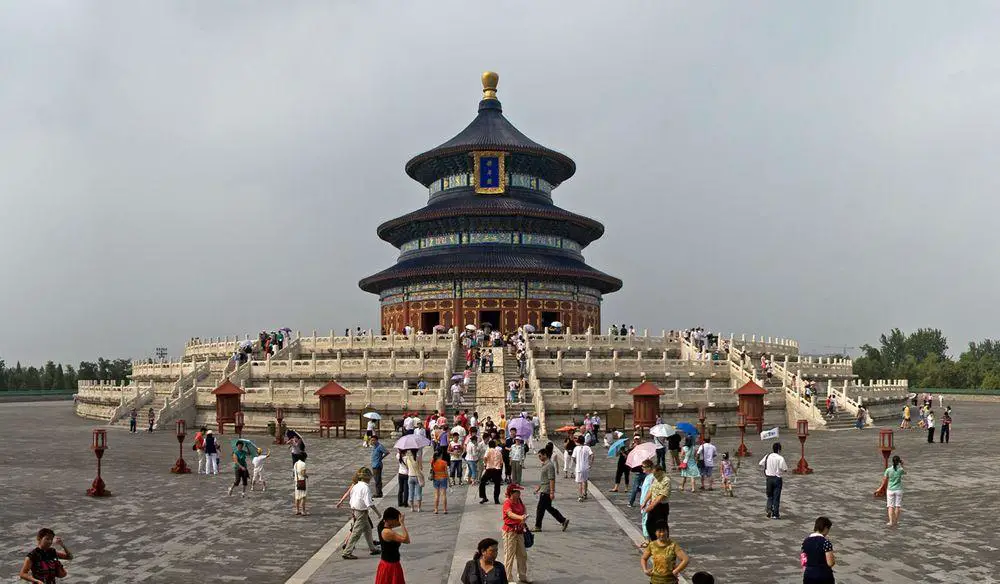
Leshan Buddha Statue
Sichuan
Giant, 71 m tall rock-cut statue of seated Buddha, made in 713 – 803 AD. It was made to pacify the roaring river that took lives of many people. After construction of statue river really became more quiet – possibly due to debris loaded in the river.
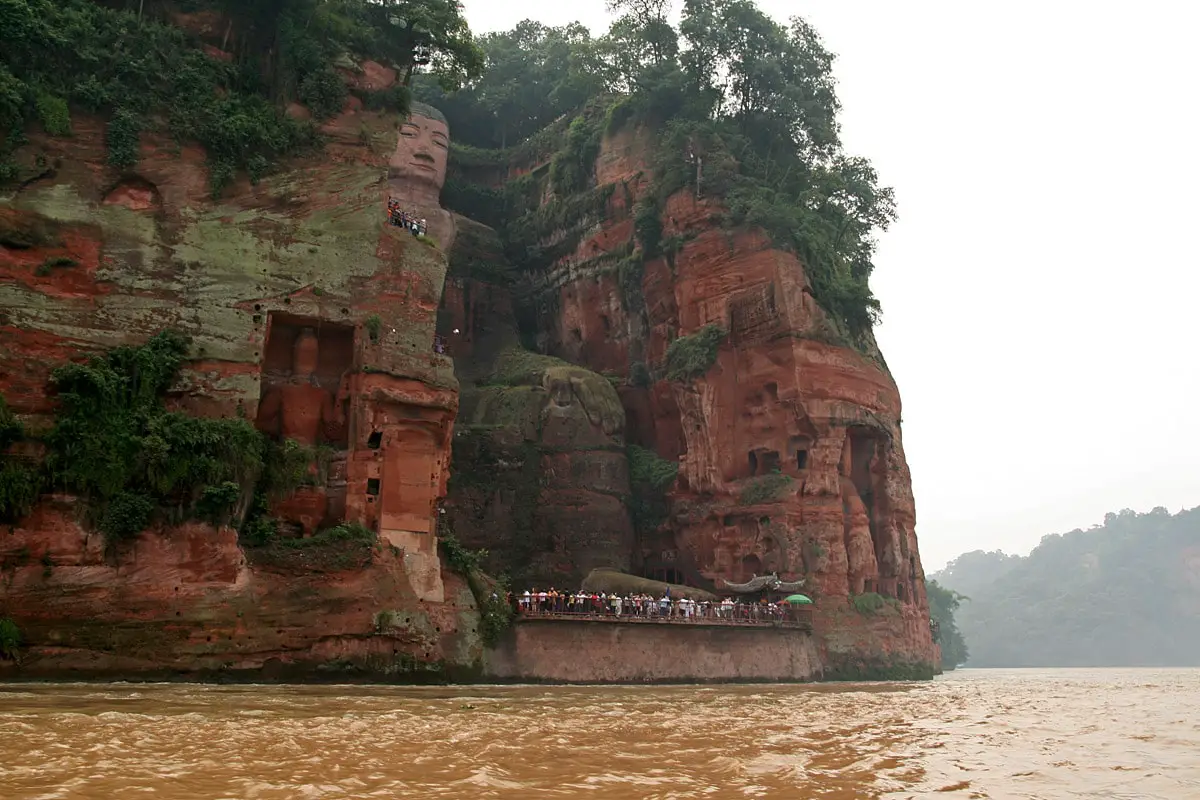
Chengde Mountain Resort
Hebei
The largest existing imperial garden in the world. In the garden is an enormous complex of administrative and ceremonial buildings. Developed in 1703 – 1792. Includes Putuo Zongcheng Temple modeled after the famous Tibetan Potala Palace and Puning Temple – an enormous temple complex constructed in 1755. It also contains the world’s tallest wooden sculpture, 22.28 meters tall.
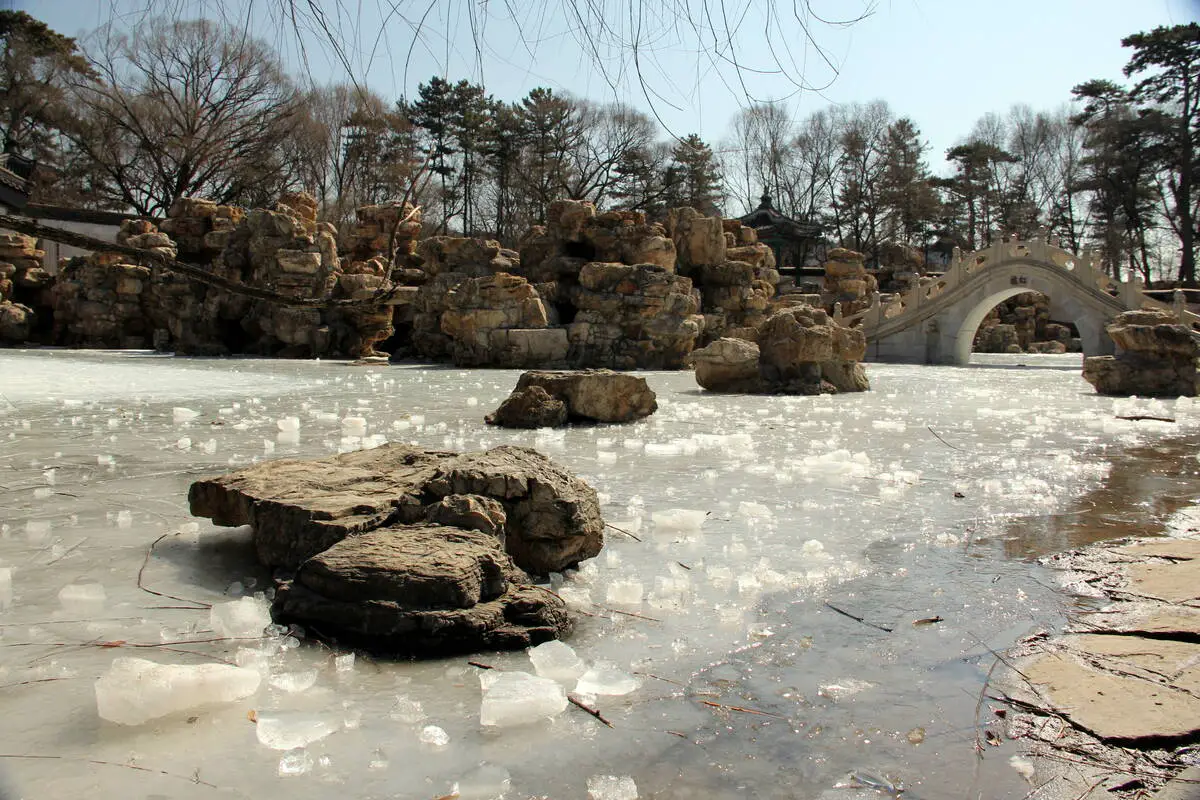
 Recommended books
Recommended books
The Seventy Wonders of China
As China emerges as a great world economic power, this book shows what makes it such a special country and civilization, with topics ranging from the natural wonders of mountains and rivers to the Silk Road, from the arts and great monuments of the past to the booming cities of today.
China’s artistic achievements are unparalleled in scope. Calligraphy, jade, silk, ceramics, lacquer work, paintings, bronzes, furniture, and gardens are dealt with in highly expert but succinct entries. Monuments like the Forbidden City in Beijing and the Great Wall are celebrated around the world, but the book also presents lesser-known yet breathtaking buildings, palaces, tombs, and monasteries.
China Survival Guide
An ideal, pocket-sized, 264-page compendium packed from cover to cover with practical advice, insightful commentary, and invaluable tips on places to go, things to see, what to do, and what to avoid. . . . China Survival Guide should be considered an essential ‘take-along’ for anyone visiting China for business or pleasure.

